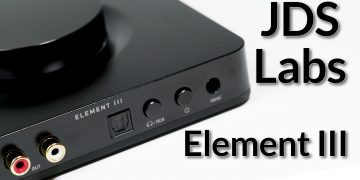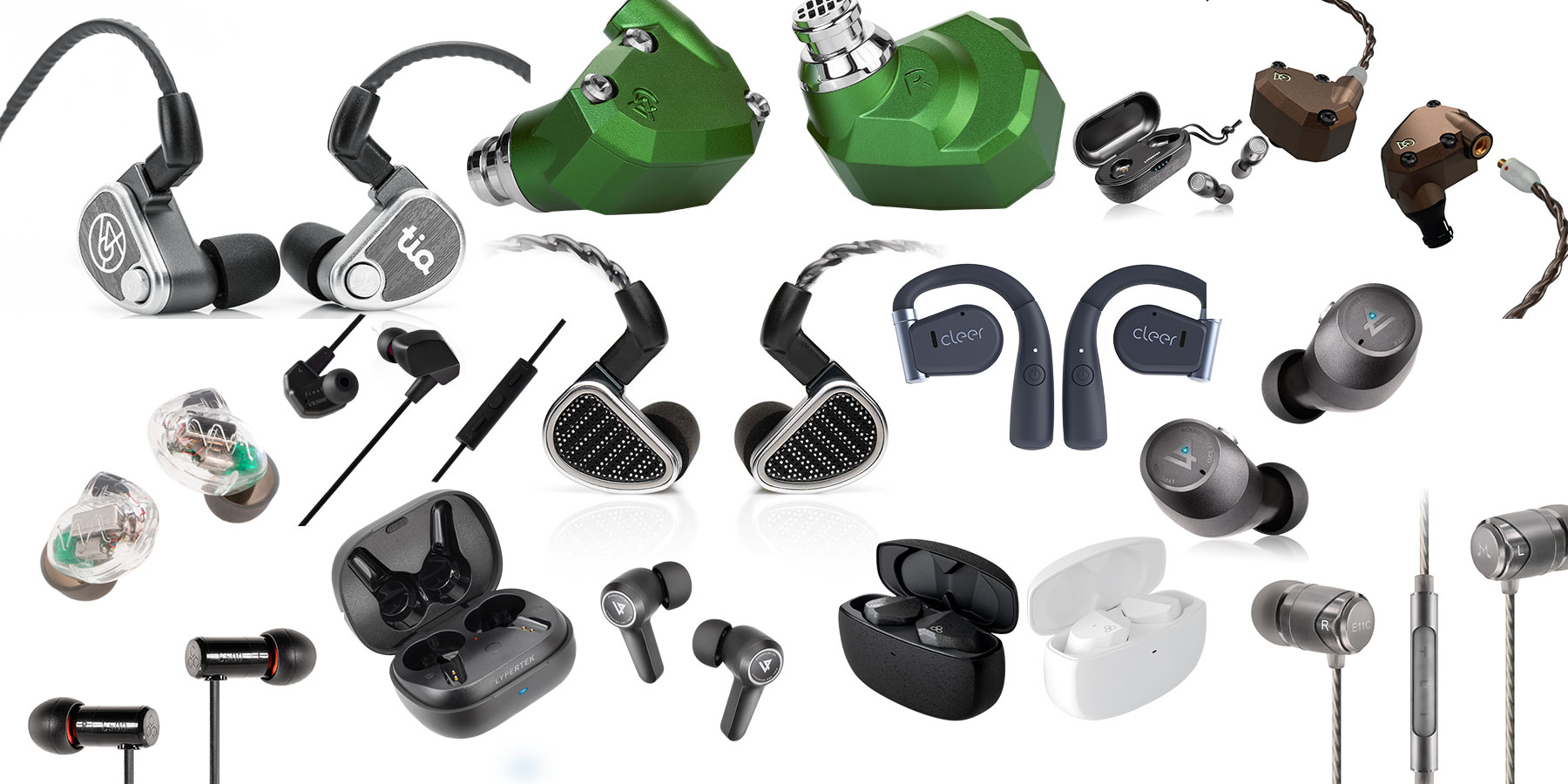New Video: The History of Bluetooth & 5.0 Explained
Since the invention of Bluetooth, it’s gone through many versions (well, 5 to be exact). But what do they all mean? Before a new version comes out and makes this video old news, here’s a rundown of what makes Bluetooth 5.0 so special.
To fully understand how far the technology has come, here’s a bit of a Bluetooth history lesson.

The History
Bluetooth 1.0
Bluetooth 1.0 was released back in 1999, and as you can imagine, it was pretty limited compared to what we are used to now. Back then, though, it was quite groundbreaking. The technology made it possible for compatible devices to transmit data wirelessly over short distances and using minimal power. It was first used in mobile phones and PC cards, allowing mobiles to connect to Bluetooth headsets for hands-free talking, and for PCs to communicate with wireless mice, keyboards, digital cameras and printers.
Bluetooth 2.0
For all its achievements, Bluetooth 1.0 was limited when it came to audio. Low data speeds meant that speech was just about the limit: transferring music required a higher data transfer speed. Skip to 2004, and we say hello to Bluetooth 2.0 and EDR, or Enhanced Data Rate. The big change here is increased data speeds, from 0.7Mbps to a whopping 3Mbps thanks to the EDR technology. Another improvement was to the maximum wireless range – this was increased from 10m to 30m. To this day, 3Mbps is the maximum connection speed. There have been other improvements over time, though.
Bluetooth 4.0
The next big jump was in 2010 with the release of Bluetooth 4.0, increasing the max range to 60m and introducing the use of Low Energy. This allowed for quick bursts of data transfers to be done with the use of even less power with relatively high data speeds of 1Mbps, opening the doors to Apple and Microsoft: bringing Bluetooth to the big leagues. Version 4.0 went through a few of its own updates, improving security, speed and efficiency until 2016 and the release of Bluetooth 5.0.
Bluetooth 5.0
Bluetooth 5.0 shows how quickly this technology is advancing, with the max range being quadrupled to 240m and Low Energy data speeds doubling to 2Mbps. Boosting the range and reducing power usage has meant that Bluetooth can be used on a larger number of different devices, allowing them to transmit large amounts of data at high speeds with little power being used – and it’s only going to get better. Bluetooth 5.0 also enabled a new dual audio feature – allowing users to stream audio to two different devices at the same time from one source.
Backwards Compatibility
It’s amazing to see how much Bluetooth has improved in just 20 years, and even more impressive is that the smart brains behind it has managed to keep the technology backwards compatible. This means that no matter what version of Bluetooth your devices have – they will be able to communicate with each other. Just remember that being backwards compatible means that you will be getting the benefits of the lowest Bluetooth version – so it’s always worth making sure your devices have the most current version of Bluetooth to get the most out of the technology.
Summary
To summarise, the main improvements gained from Bluetooth 5.0 are:
- Longer transmission range – Increased to 240m from 60m.
- Higher data transfer speed – Bluetooth Low Energy speed doubled to 2Mbps, allowing all audio devices to communicate with reduced power usage.
- Dual Audio – Allowing you to play audio on two devices at the same time from one source.





 Our pick of the 15 Best In-Ear Headphones for all budgets and uses!
Our pick of the 15 Best In-Ear Headphones for all budgets and uses!
Useful video however data rates are Megabits per second not Megabytes per second.
Yes, you’re right. Thank you for pointing it out 🙂